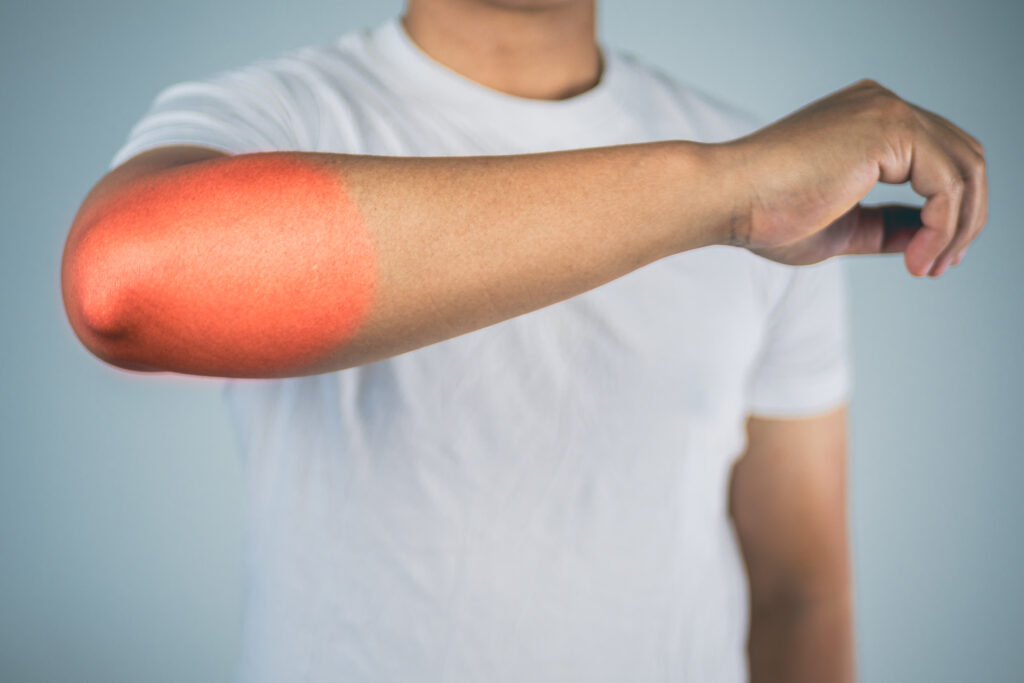If you're looking to improve your joint flexibility, exploring various therapy techniques can be quite beneficial. You might find that methods like myofascial release and joint mobilization not only target restrictions but also restore your natural range of motion. Adding heat and cold modalities can further enhance your routine by addressing muscle tension and inflammation. However, the key lies in consistently applying these approaches to see real progress. So, what specific techniques can you incorporate into your regimen to achieve lasting results?
Understanding Joint Flexibility
Joint flexibility refers to the range of motion your joints can achieve, and it plays an essential role in overall mobility and physical performance. Understanding joint flexibility is important for anyone looking to enhance their physical abilities or prevent injuries. Your joints, including knees, hips, shoulders, and elbows, must move freely to allow for efficient movement patterns.
When joints become stiff or restricted, it can limit your ability to perform everyday tasks and engage in physical activities.
Several factors influence your joint flexibility. Age is a significant factor, as flexibility tends to decline with time due to changes in muscle and connective tissue. Genetics also play a role; some people naturally have more flexible joints than others. Your activity level matters too; those who regularly engage in stretching or physical activity generally maintain better flexibility than sedentary individuals.
In addition, your body's hydration and nutrition can impact joint health. Proper hydration keeps the synovial fluid in your joints, allowing for smoother movement. A balanced diet rich in vitamins and minerals supports overall joint function and tissue health.
Finally, understanding the importance of warm-up routines is essential. Warming up helps to prepare your joints and muscles for movement, increasing blood flow and reducing the risk of injury.
Benefits of Increased Flexibility
Enhanced flexibility brings a wealth of benefits that can greatly improve your physical well-being and daily life. First and foremost, increased flexibility helps reduce the risk of injuries. When your muscles and joints can move freely, you're less likely to strain or sprain them during daily activities or workouts. This means you can stay active and enjoy your favorite sports or exercises without worrying about setbacks.
Moreover, greater flexibility enhances your overall athletic performance. Whether you're running, swimming, or lifting weights, being more flexible allows for a fuller range of motion, which can lead to improved strength and efficiency. You'll notice you can perform movements with greater ease, making your workouts more productive.
In addition to physical benefits, increased flexibility can notably boost your posture. Tight muscles can lead to poor alignment, causing discomfort and pain over time. By improving flexibility, you can align your body properly, which alleviates tension and promotes a healthier posture throughout the day.
Another notable advantage is enhanced circulation. Flexible muscles and joints allow for better blood flow, which aids in recovery and helps reduce muscle soreness after physical activity. You might find that you feel less fatigued and more energized in your daily life.
Lastly, increased flexibility can lead to improved mental well-being. The focus and mindfulness required during flexibility training can serve as a form of stress relief, helping you feel more relaxed and centered. Embracing flexibility not only transforms your body but also enriches your mind.
Stretching Exercises for Flexibility
Incorporating various stretching exercises into your routine can greatly boost your flexibility. When you commit to a stretching regimen, you'll notice improvements in your joint mobility and overall physical performance.
Let's explore some effective stretching techniques that can help you achieve these benefits.
Start with dynamic stretches, which are perfect for warming up your muscles. These involve controlled movements that gently take you to the limits of your range of motion. For example, leg swings and arm circles can effectively prepare your body for more intense activity. Aim for 10-15 repetitions for each movement to guarantee your muscles are engaged.
Next, incorporate static stretches into your routine after your workouts. These stretches involve holding a position for 20-30 seconds, allowing your muscles to relax and elongate. Focus on major muscle groups like hamstrings, quadriceps, and shoulders. For instance, try the seated hamstring stretch by extending one leg while sitting and reaching toward your toes.
Don't forget about the importance of consistency. Stretching just once in a while won't yield significant results. Aim to stretch at least 3-4 times a week, ideally after every workout.
Listen to your body, and never push to the point of pain; instead, focus on a gentle stretch that feels comfortable yet effective.
Manual Therapy Techniques
While stretching exercises play a notable role in improving flexibility, manual therapy techniques can further enhance your joint mobility and alleviate muscle tension. These hands-on approaches focus on manipulating soft tissues and joints, allowing you to experience a greater range of motion. Techniques like myofascial release, joint mobilization, and deep tissue massage can be particularly effective.
Myofascial release targets the fascia, a connective tissue that surrounds your muscles. By applying gentle sustained pressure, you can release restrictions and improve flexibility. This technique helps to break down adhesions and promote better circulation, allowing your muscles to function more efficiently.
Joint mobilization involves the skilled movement of joints to restore their natural motion. A trained therapist can guide your joints through specific ranges, helping to reduce stiffness and improve overall mobility. This technique can be especially beneficial for individuals recovering from injuries or those with chronic joint pain.
Deep tissue massage focuses on the deeper layers of muscle and connective tissue. By applying firm pressure, you can relieve muscle tension and promote relaxation. This not only enhances flexibility but also aids in preventing injuries by ensuring your muscles are in ideal condition.
Incorporating manual therapy techniques into your routine can greatly boost your flexibility journey. Whether you seek relief from tightness, improve range of motion, or recover from an injury, these techniques can be an invaluable addition to your regimen.
Don't underestimate their power—consider working with a qualified therapist to experience these benefits firsthand.
Heat and Cold Modalities
When it comes to improving joint flexibility, heat and cold modalities can be game-changers.
Heat therapy helps relax muscles and increase blood flow, while cold therapy can reduce inflammation and numb pain.
Understanding how to effectively use these techniques can enhance your overall therapy experience.
Benefits of Heat Therapy
Heat therapy offers numerous benefits for improving joint flexibility, making it a valuable tool in therapeutic practices. When you apply heat to your joints, it helps to increase blood flow, which nourishes your muscles and tissues. This enhanced circulation not only promotes healing but also relaxes tight muscles surrounding your joints, allowing for greater mobility.
Using heat can also reduce stiffness, a common issue for those with arthritis or other joint conditions. By warming up the affected area, you'll find that your joints feel looser and more pliable, making it easier to perform daily activities.
Additionally, heat therapy can alleviate pain by interfering with pain signals sent to your brain, providing you with much-needed relief.
You can incorporate heat therapy into your routine through various methods, such as warm towels, heating pads, or warm baths. Just be sure to monitor the temperature to avoid burns.
Regular use of heat therapy can be a game-changer for your flexibility and overall joint health. With consistent application, you'll likely notice significant improvements, empowering you to stay active and enjoy life to the fullest.
Cold Therapy Techniques
Cold therapy techniques complement heat therapy by providing a different set of benefits for joint flexibility and pain relief. When you apply cold packs or ice to your joints, you're primarily aiming to reduce inflammation and numb sharp pain. This is particularly effective right after an injury or during flare-ups of conditions like arthritis.
To use cold therapy effectively, start by wrapping ice or a cold pack in a thin cloth. Apply it to the affected joint for about 15-20 minutes. Make sure to take breaks between applications to prevent skin damage. You can repeat this process several times a day, especially after physical activities that stress your joints.
Beyond immediate pain relief, cold therapy can help improve your range of motion over time by reducing swelling. This is essential for maintaining flexibility and preventing stiffness.
Additionally, incorporating cold therapy into your routine can enhance recovery after workouts, allowing you to stay active and engaged in your rehabilitation.
Always listen to your body; if you experience prolonged discomfort or numbness, it's best to consult a healthcare professional. Combining cold therapy with other treatments can provide an extensive approach to improving joint flexibility.
Developing a Consistent Routine
A consistent routine is vital for improving joint flexibility and reaping the full benefits of therapy techniques. When you establish a specific schedule for your exercises and therapies, you create a framework that encourages progress. This routine helps you remain committed, making it easier to track your improvements over time.
Start by setting aside dedicated time each day for your flexibility work. Whether it's morning, afternoon, or evening, choose a time that works best for you and stick to it. Consistency is key, so aim for at least five to six days a week. You don't have to spend hours; even 15 to 30 minutes can make a significant difference.
Incorporate a variety of techniques into your routine. Combine stretching, strengthening exercises, and therapy modalities like heat or cold treatments. This variety keeps things interesting and guarantees you're addressing all aspects of joint flexibility.
Don't forget to listen to your body; if something feels off, adjust your routine accordingly. Track your progress by keeping a journal. Note your flexibility levels, any pain you experience, and the techniques you use. This will help you stay motivated and allow you to celebrate your improvements, no matter how small.
Finally, be patient. Flexibility takes time to develop, and consistency will yield results. By committing to a routine, you're investing in your joint health and overall well-being, paving the way for a more active and fulfilling life.
Conclusion
Incorporating therapy techniques into your routine can markedly improve your joint flexibility. By understanding the benefits of increased flexibility and utilizing stretching exercises, manual therapies, and heat and cold modalities, you can enhance your overall mobility and reduce stiffness. Remember, consistency is key—make these practices a regular part of your life to support your joint health. Start today, and you'll notice how much more freely you can move in no time!



